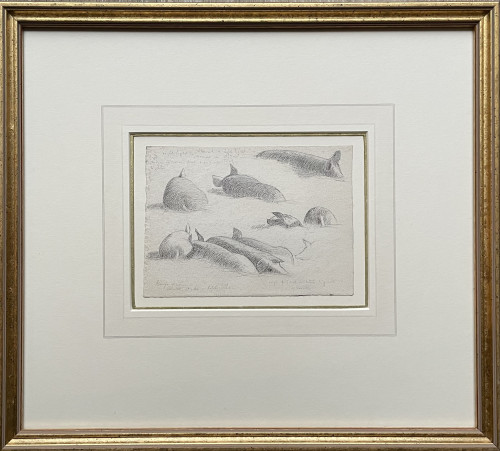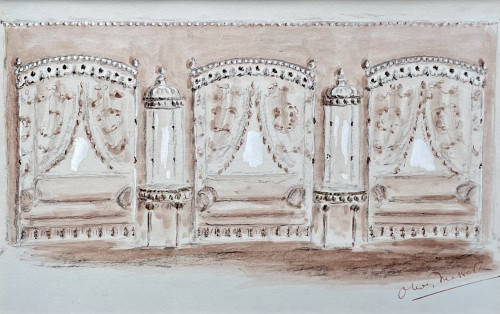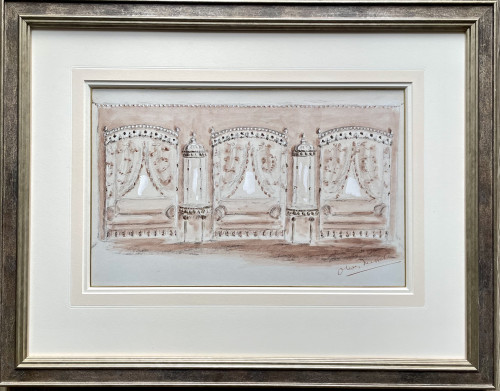- HOME
-
- View All Items
- New Arrivals
- Featured Items
- Artists
-
- View All
- Contemporary
- Birmingham School
- Cotswold Group
- Landscape
- Urban Townscape
- Abstract
- Animals/Birds
- Arts & Crafts
- British Impressionist
- Botanical
- Design/Industrial
- Fantasy/Fairy Subjects
- Female Artists
- Figurative
- Historical
- Illustration/Cartoon
- Marine
- Military/War Artist
- Modern British
- Pre-raphaelite/ Romantic/ Aesthetic
- Nude
- Portrait
- Prints
- Scottish
- Sculpture
- Sporting
- Still Life
- Theatrical
- Interiors/Architectural
-
ARCHIVE
Genre
- View All
- Contemporary
- Birmingham School
- Cotswold Group
- Landscape
- Urban Townscape
- Abstract
- Animals/Birds
- Arts & Crafts
- British Impressionist
- Botanical
- Design/Industrial
- Fantasy/Fairy Subjects
- Female Artists
- Figurative
- Historical
- Illustration/Cartoon
- Marine
- Military/War Artist
- Modern British
- Pre-raphaelite/ Romantic/ Aesthetic
- Nude
- Portrait
- Prints
- Scottish
- Sculpture
- Sporting
- Still Life
- Theatrical
- Interiors/Architectural
- ARTISTS
- Online Exhibitions
- Events
- About
- Contact
- Home
- Medium
- Watercolour & Drawing
- Auricula
Auricula
Auricula
MAXWELL ARMFIELD, RWS. (1882-1972)
Auricula
Signed with monogram, dated 28.4.65 and extensively inscribed: The top flower is a septenary freak the normal being 6 Contrast in petals much greater. Velvety dark of the utmost intensity of violet madder ”“ the colour ”˜blues’ as the flower fades in the ---- way Stamens (6) are very bright spots against the shadowed depression (impossible to draw)
Coloured chalks and pencil, unframed, in conservation mount only
24.5 by 18.5 cm., 9 by 7 in. (frame size 42.5 by 35.5 cm., 16 by 14 in.)
Provenance: Alexander Ballard. Born at Ringwood, Hampshire, of Quaker parents, his father being a milling engineer, Armfield studied at the Birmingham School of Art under Arthur Gaskin and Joseph Southall who taught him the tempera technique he was to practice for the rest of his life. In September 1902, after visiting Italy at the suggestion of Gaskin, he went to Paris, enrolling at the Academie de la Grande Chaumiere and sharing a studio with three other students ”“ Norman Wilkinson (also from Birmingham), Keith Henderson and the sculptor Gaston Lachaise. Returning to London the following year, he embarked on the series of one-man exhibitions that were henceforth to mark his career, showing first at Robert Ross’s Carfax Gallery (1908, 1912) and subsequently at the Leicester Galleries and elsewhere, as well as contributing regularly to the RA, NEAC and RWS. In 1909 he married the writing Constance Smedley, with whom he was to work closely until her death in 1941. In 1915 they left for an intensely active and successful seven-year spell in America. Armfield was not only a painter but a prolific illustrator and versatile decorative artist, while being deeply involved in theatre, music, teaching and journalism and writing some twenty books, including poetry, accounts of his foreign travels and such textbooks as the much-acclaimed Manual of Tempera Painting (1930). He was also a tireless researcher in occult religions and passionately interested in the formal and philosophical basis of art. He is represented in the collection of the British Museum and many provincial and overseas galleries.
Dimensions:
Thank you for your enquiry.
We will get back to you soon.
Please create wishlist to add this item to
RELATED ITEMS
















